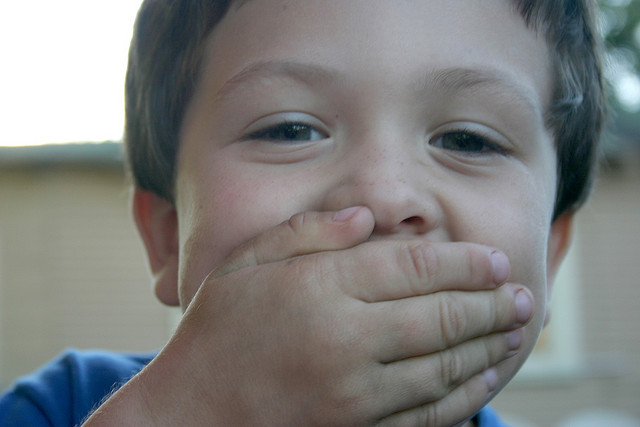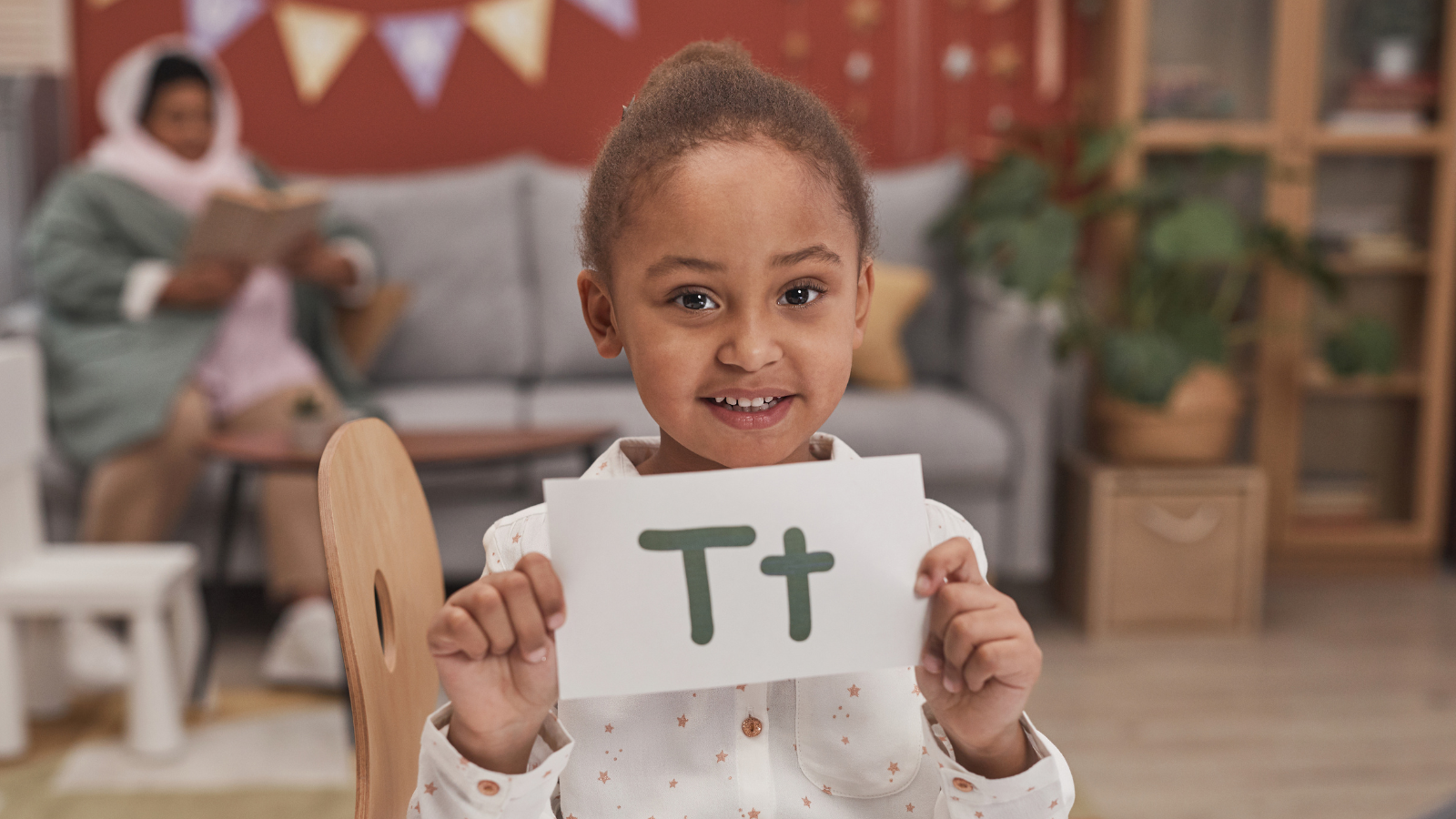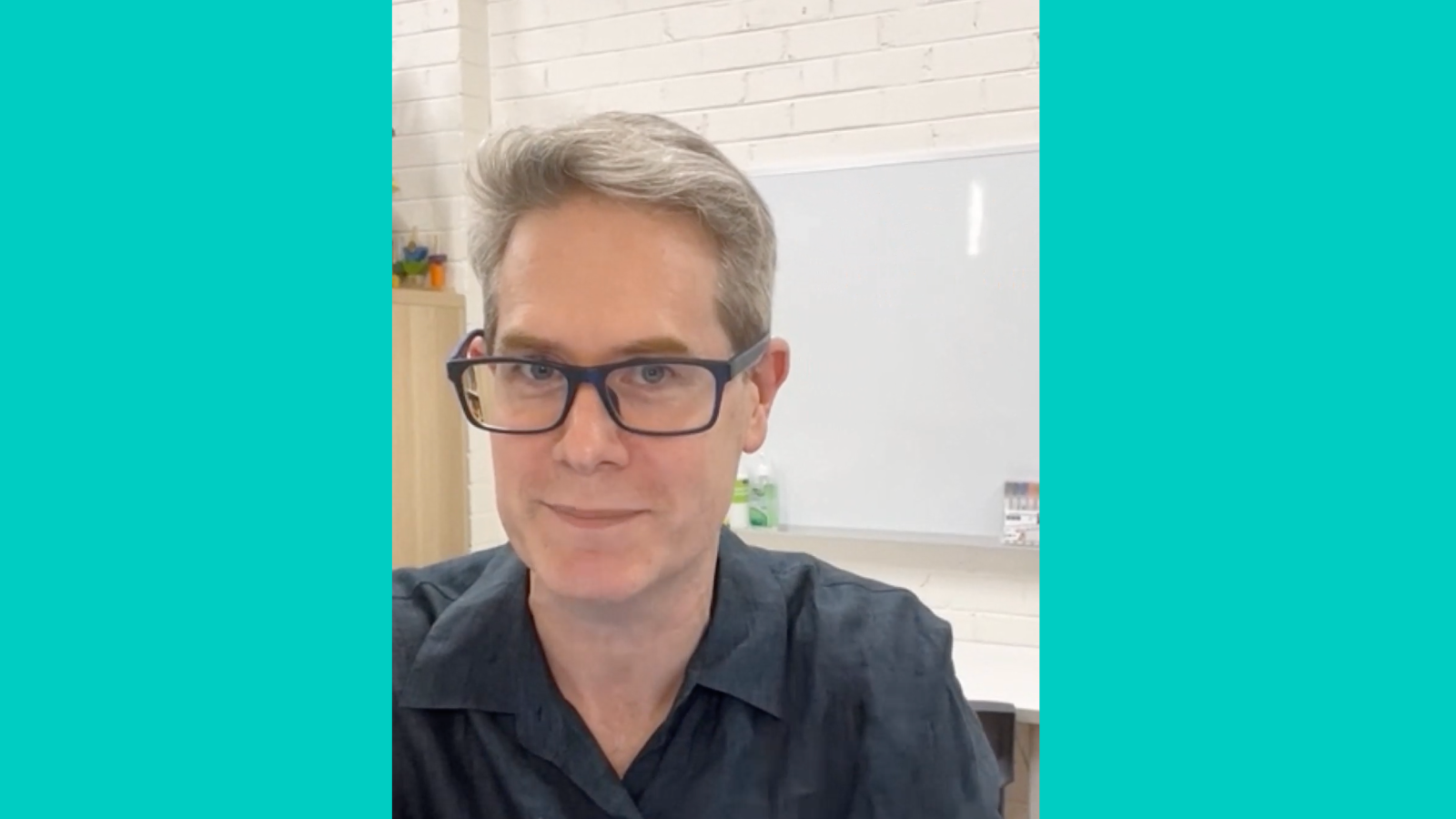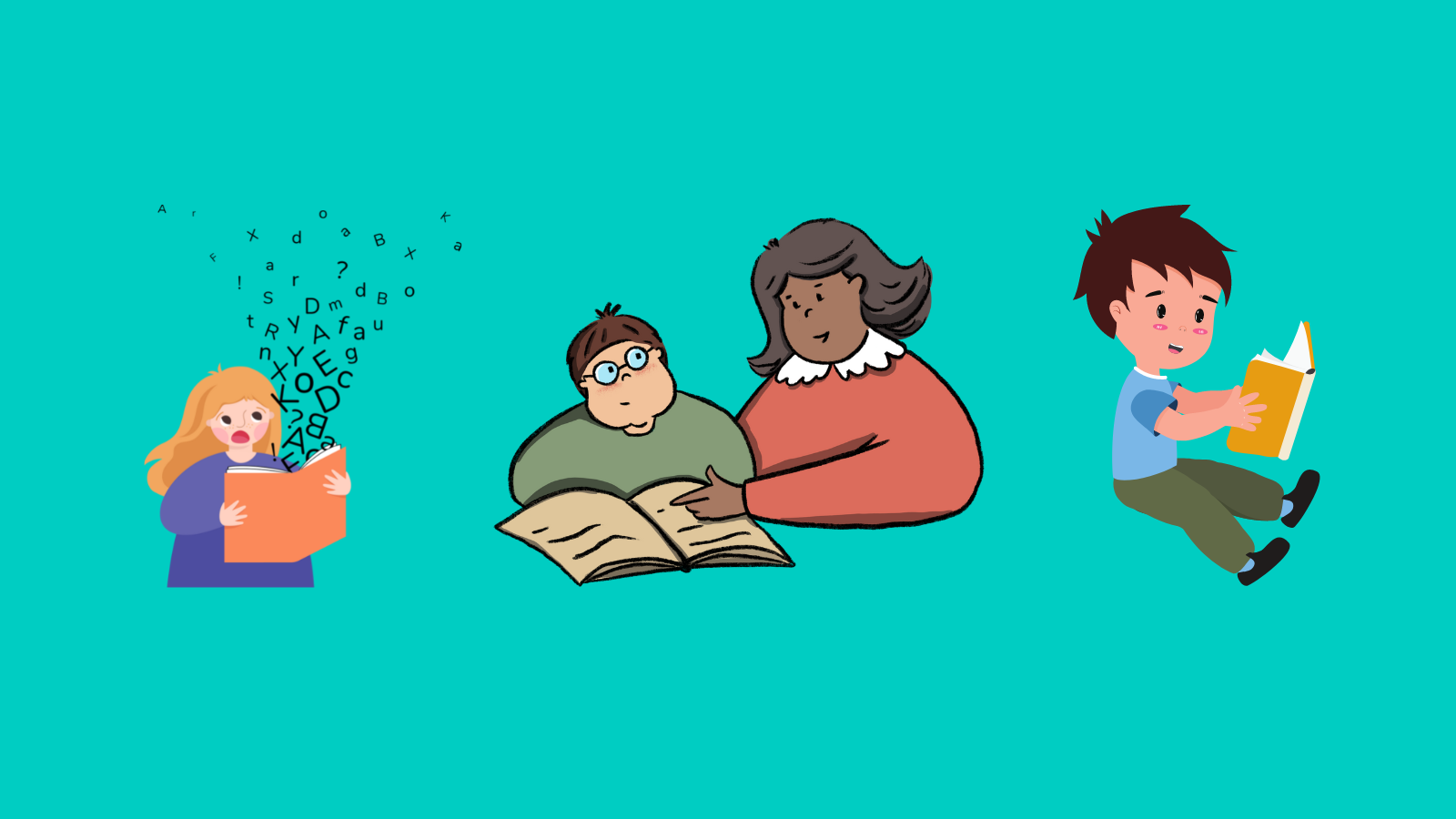When silence is not golden: evidence-based treatment for children with selective mutism
Some children don’t talk in select places, e.g. at pre-school and school, despite speaking in other places such as home. This is called selective mutism.
Selective mutism is very rare, affecting less than 1% of children and more girls than boys. It’s important not to confuse it with other issues, which can present the same way, e.g. the so-called “silent period” observed with many bilingual children.
Typically, selective mutism first occurs before a child is 5 years of age. Often, anxiety is a factor; and it’s sometimes associated with neurodevelopmental disorders.
Researchers agree that selective mutism should be treated as early as possible. But they also agree that it can be hard to treat.
Until recently, the evidence base for effective therapies was fairly sketchy: mainly case studies and series, which provide a fairly low level of evidence. However, Dr Beate Oerbeck and her colleagues have recently published the positive results of the first randomised controlled trial of a treatment for selective mutism.
So what worked?
Oerbeck’s treatment was made up of two parts:
1. Defocused communication: Central components included:
- sitting beside, rather than opposite the child;
- using activities that created joint attention on the activity (rather than attention on the child), e.g. naming and counting games;
- “thinking aloud” rather than asking the child direct questions;
- giving the child enough time to respond, rather than talking for the child;
- continuing the “dialogue”, even if the child does not respond with words; and
- receiving verbal answers from the child neutrally, rather than launching into praise.
2. Behavioural techniques: These included stimulus fading and rewards for talking.
- In the first session, each child was told a story about selective mutism and that the therapist would be working with the child to help him or her to speak outside the home.
- In the second and later sessions, exercises were carried out to gradually expose the child to situations with different speaking requirements, starting with just the parents in a room with the child (with the therapist outside the room behind a closed door), gradually building up over 6 small stages to the child speaking to teachers and carers in all settings without the therapist or parents present.
- The first three sessions were at home. Sessions 4-21 were in another location (e.g. pre-school or school).
All children treated this way made some progress through the stages of the treatment, with 3 children graduating to level 5 (speaking to teachers and children in some settings without the therapist present). Interestingly, all 3 of these children were aged 3-5 , supporting the researchers’ hypothesis that treatment is most effective with younger children.
Bottom line
We welcome the first randomised controlled trial of a treatment for selective mutism and look forward to more research being carried out and published to help children who are selectively mute an their families.
As the researchers noted themselves, the study had several limitations, including a small sample size (24 children), a wide range of ages (3-9), a lack of assessor blinding and other controls to prevent potential bias, and some subjective (and potentially unreliable) outcome measures. It was also conducted on Norwegian children: Norway has a very different schooling system to Australia, which might limit the easy application of Oerbeck’s treatment in an Australian pre-school or school.
Early treatment is highly recommended for selectively mute children. A multi-disciplinary approach is recommended, preferably involving parents, a speech pathologist, a psychologist, the child’s teachers/carers, and perhaps one or more “speech-buddy” peers.
Related articles:
- Help! My bilingual child just started preschool but won’t speak! (FAQs on the “Silent Period”)
- Selective Mutism: key things to know
Principal source: Oerbeck, B., Stein, M.B., Wentzel-Larsen, T., Langsrud, Ø., & Kristensen, H. (2014). A randomised controlled trial of a home and school-based intervention for selective mutsim – defocused communication and behavioural techniques. Child and Adolescent Mental Health, 19(3), 192-198.
Practical resource used by the researchers: The Selective Mutism Resource Manual by Maggie Johnson and Alison Wintgens, Speechmark Publishing, Oxon, 2001.
Image: http://tinyurl.com/q5trgzd

Hi there, I’m David Kinnane.
Principal Speech Pathologist, Banter Speech & Language
Our talented team of certified practising speech pathologists provide unhurried, personalised and evidence-based speech pathology care to children and adults in the Inner West of Sydney and beyond, both in our clinic and via telehealth.








